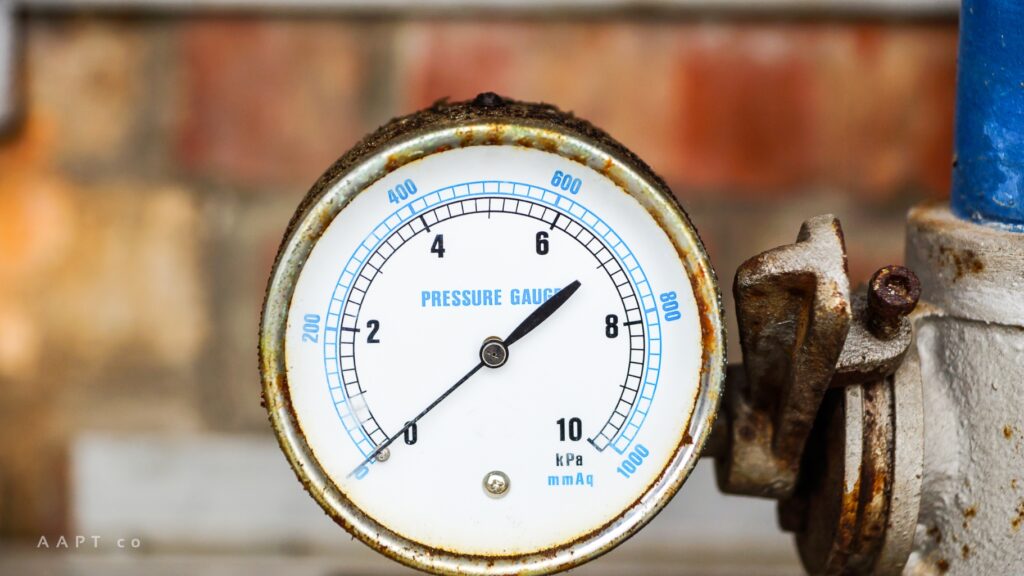Accurate Readings: The Importance of Pressure Ports
Do you ever feel like the pressure of your business operations is too much to handle? You need accurate readings from reliable sources in order to make proper decisions, and that’s where pressure ports come into play.
Pressure ports are essential measuring devices for any organization because they provide real-time measurements of fluid information such as flow rate, acoustic, and vibration signals.
In this blog post, we’ll explore why having access to accurate readings from these types of ports is so important and how it can benefit your company in the long run.
From understanding the basics of what a port can do for you to more complex topics like how different types of ports function differently, read on to learn about all things pressure port!

What are pressure ports and why are they important for accurate readings?
When it comes to measuring pressure in a system, accuracy is key. That’s where pressure ports come in. These small openings in a device allow for direct access to the system’s internal pressure so that readings can be taken. Inaccurate readings can lead to a host of issues, from minor inconveniences to major safety hazards.
That’s why pressure ports are essential for anyone who needs to keep a close eye on pressure levels.
Whether you’re in the field or in a lab, pressure ports are a must-have tool for anyone working with pressurized systems.
Understand Different Types of Pressure Ports and Their Advantages
There are several types of pressure ports available, each with their own advantages.
One significant category includes pressure transducers. Pressure transducers are a type of pressure port that converts pressure into an analog electrical signal, often used in industrial and process applications.
Their accuracy and stability make them an ideal choice for high-performance readings.
They are available in various configurations and sizes to accommodate different pressure ranges and applications.
The major advantage of pressure transducers is their ability to provide consistent, precise measurements, thereby enabling businesses to maintain optimal operational conditions and prevent potential safety risks.
How to Locate the Right Pressure Port for Your Application
Finding the proper pressure port for your specific application can be a tricky task, but it’s important to get it right to avoid any damage or dysfunction that could result from an incorrectly placed or sized port.
Begin by considering the type of fluid or gases that will be flowing through the system; some ports are better suited to handle certain materials than others. Next, take a look at the pressure levels that will be involved.
Port sizing is crucial, as incorrect sizing can lead to pressure drops or even dangerous spikes.
Finally, think about the location of the port itself. Will it be easily accessible for maintenance or repairs? Will it be in a safe location, away from potential hazards?
Tips on Mounting the Pressure Port for Safety and Accuracy
When it comes to mounting the pressure port, there are a few things to keep in mind to ensure both safety and accuracy. First, always follow the manufacturer’s instructions and guidelines.
It’s important to use the right tools and equipment and to make sure the port is installed securely and properly.
Additionally, take care when handling and positioning the port to avoid kinking or damaging the tubing. Finally, make sure to calibrate and test the port regularly to ensure accurate readings and continued safety.
Advantages and Benefits of Using a Pressure Port in Your System
Having a pressure port in your system can bring a range of benefits that make it a worthwhile investment. Firstly, by having a reliable pressure measurement point, you can get a better understanding of your system’s performance and adjust it accordingly.
Additionally, monitoring pressure levels can prevent equipment damage and improve overall efficiency.
In sum, a pressure port is an incredibly valuable tool for anybody looking to maintain their system’s performance, prevent damage, and keep their equipment running efficiently.
Common Troubleshooting Issues and Solutions with Pressure Ports
When it comes to using pressure ports, it’s not uncommon to run into a few issues along the way. However, there are solutions to these problems that can help keep your operations running smoothly.
One common issue is blockages in the ports, which can be caused by debris or dirt. To solve this problem, it’s important to regularly clean the ports to ensure proper functionality.
Another issue is inaccurate measurements, which can be caused by faulty sensors or calibration issues. The best solution is to regularly check and calibrate the sensors to ensure accurate readings.
All in all, pressure ports are an essential part of any system that requires accurate readings and reliable gas or air pressure control.
Understanding the various types of pressure ports available, as well as how to locate the right one for your application and mount it safely and accurately, can make all the difference when it comes to achieving the outcomes you desire.
If you’re ready to take the step toward higher pressures and greater accuracy in your system, contact us today for more information on our trusted products and services. We’ll be happy to answer any questions you may have!
Recommended For You
World Events Shape the Foreign Exchange Market
Most Inside
Most Inside offers high-quality recommendations and valuable updates to enhance all aspects of your life, providing premium guidance and enriching experiences.




